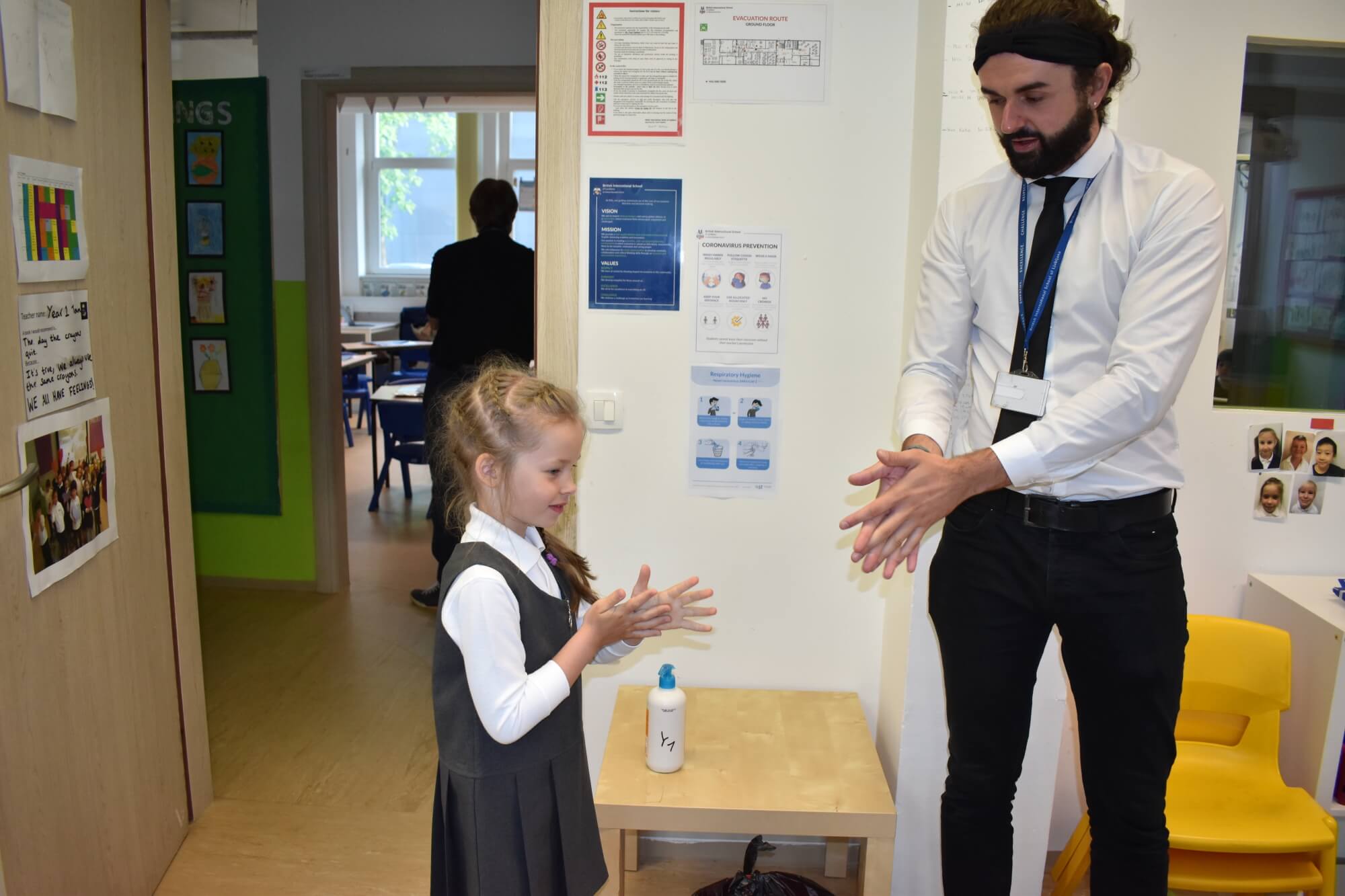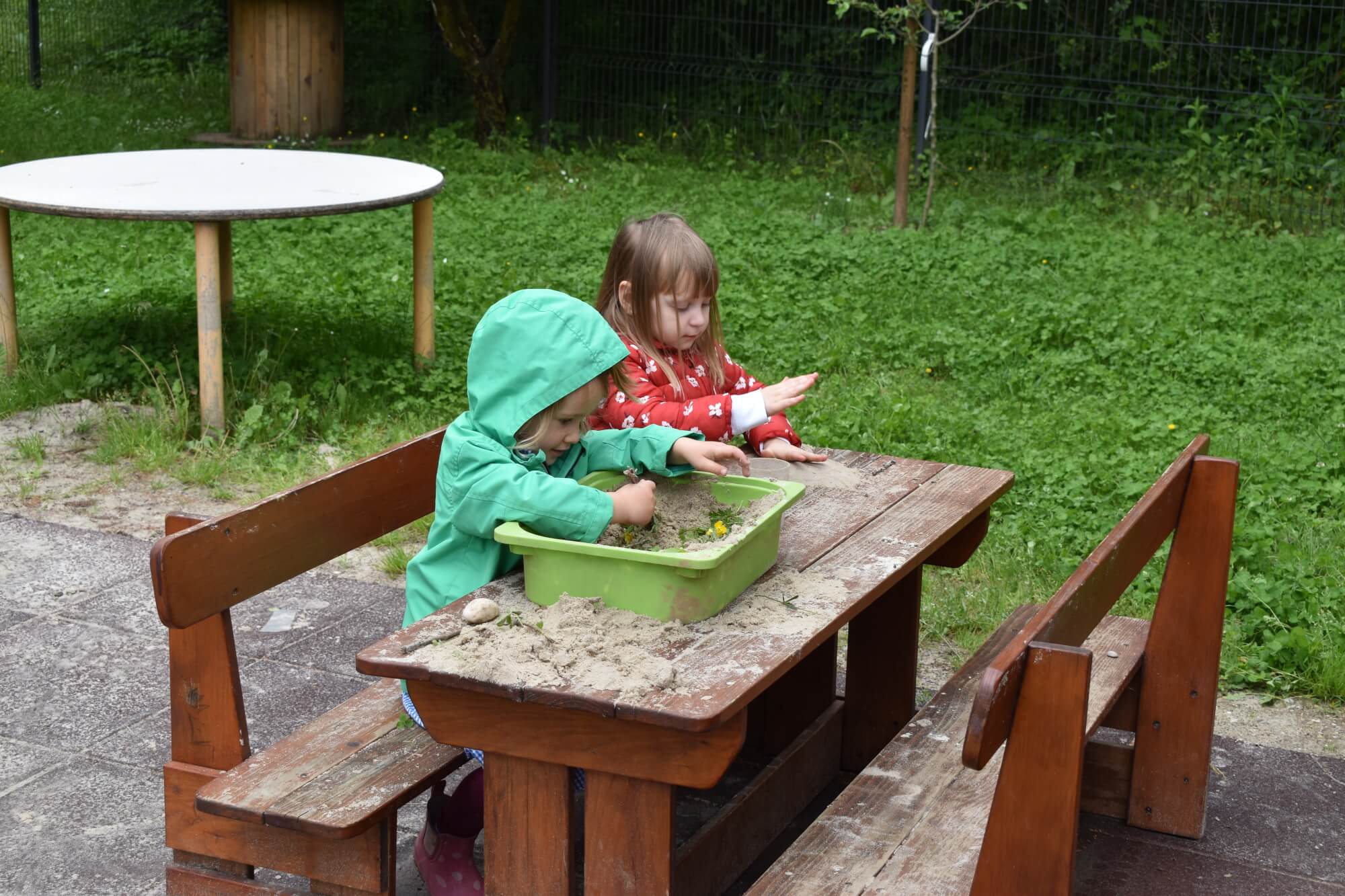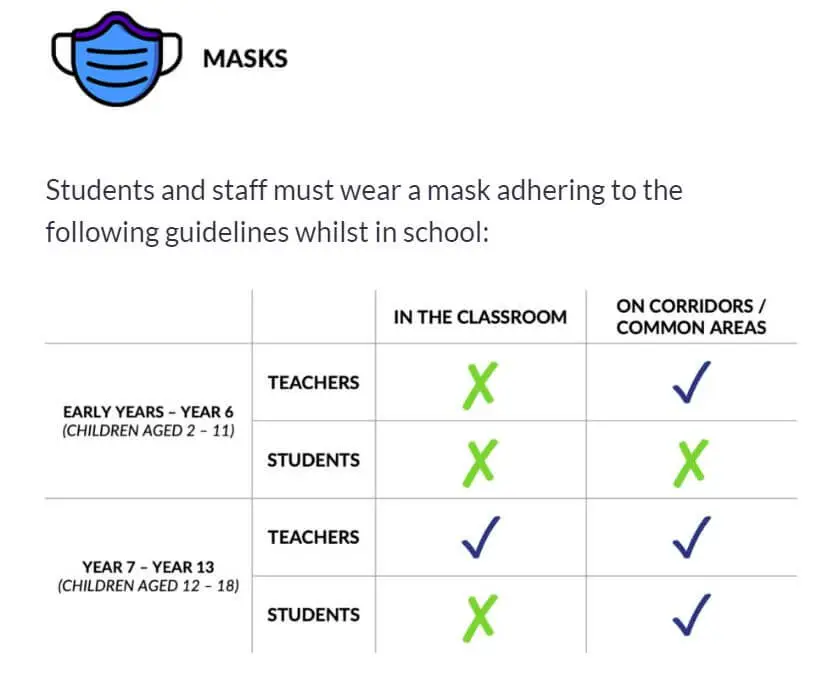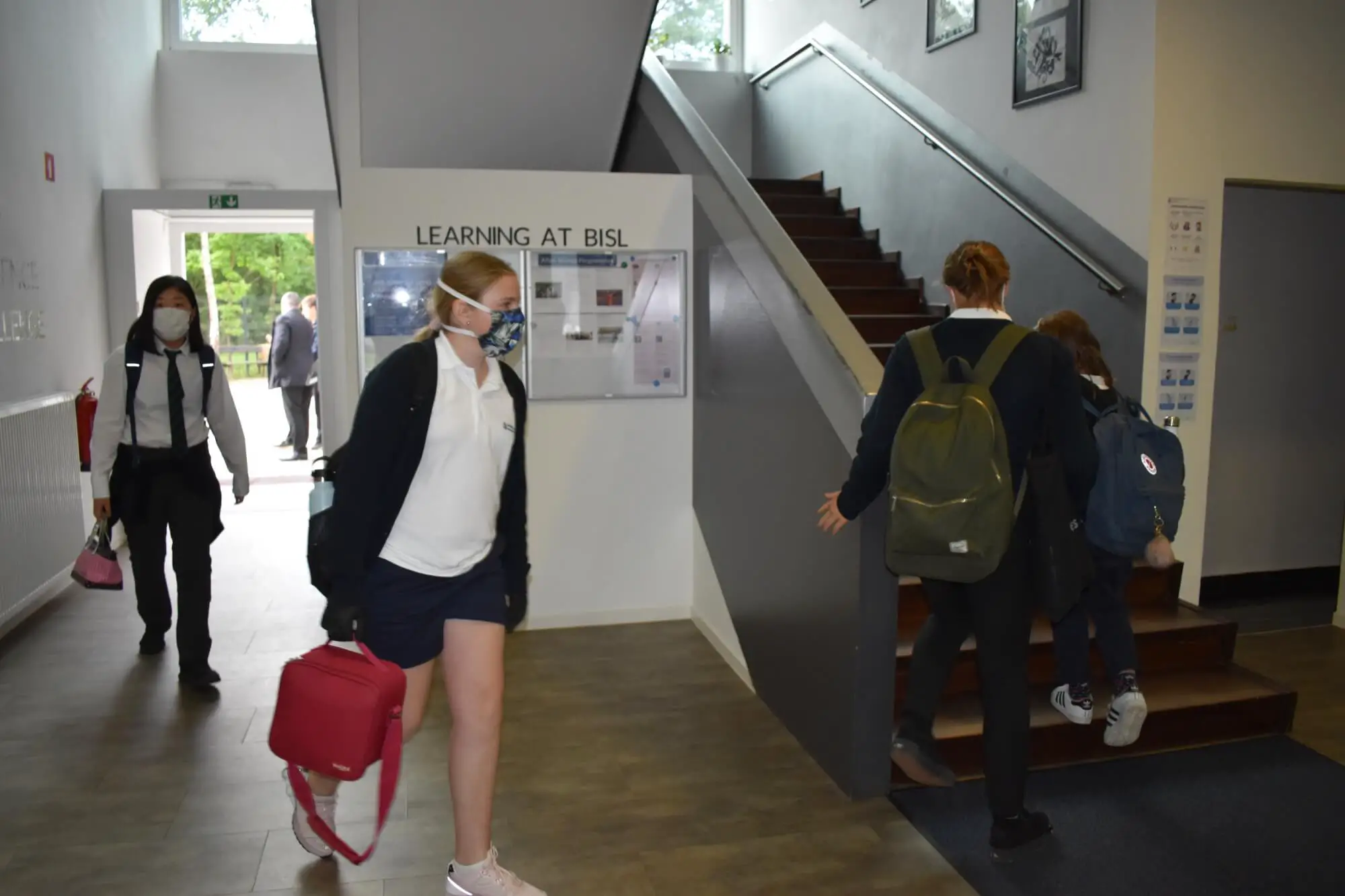Lifestyle
STA, 4 June 2020 - Slovenia has recorded no new coronavirus cases among 828 tests carried out yesterday, fresh data from the government show. Only five cases of infection remain active in the country.
Five Covid-19 patients remain in hospital, none of them requiring intensive treatment.
The total number of Sars-Cov-2 cases so far confirmed in the country remains at 1,477. The death toll remains at 109.
The country has so far conducted 81,333 tests for Sars-Cov-2.
STA, 4 June 2020 - The government has put Austria on a list of countries whose citizens are free to enter Slovenia without restrictions from midnight, a move that comes after Austria opened its borders for all neighbours bar Italy, government coronavirus spokesman Jelko Kacin announced on Thursday.
This leaves Italy as the only neighbouring country whose citizens are still subject to travel restrictions in Slovenia. Kacin said the National Institute of Public Health (NIJZ) is keeping a close eye on the situation and analysing when restrictions might be lifted.
Italian Foreign Minister Luigi di Maio is scheduled to pay a visit to Slovenia on Saturday and Kacin indicated it should be clear by then when the restrictions might be lifted for Italian citizens as well.
Croatia was the first to be put on the list of countries whose citizens may enter Slovenia without any restrictions, on 19 May, followed by Hungary at the end of May, both based on bilateral agreements between foreign ministries.
Such bilateral agreements are in lieu of an EU-wide agreement on the reopening of borders after the coronavirus epidemic.
According to current rules, other EU and Schengen zone citizens may enter Slovenia without restrictions only if they fall into one of 17 categories of exemptions, such as tourism, ownership of property, some kinds of business or to visit relatives, in all other cases they must submit to a 14-day quarantine.
Similar measures are in place for third-country nationals, but for them the list of exemptions is much narrower.
Kacin said Slovenia was currently in the process of analysing which countries in the region, in particular in South-East Europe, as well as more distant countries may be placed on the list. The decision will be based on analyses of the epidemiological situation in each individual country.
STA, 4 June 20202 - The Slovenian art market could be in for an overhaul, as two private agencies have been founded to improve transparency in what is often an opaque field, where the majority of all are sales happen on the black or grey market.
Damjan Kosec founded a commercial gallery focusing on Slovenian contemporary fine art called SLOART at the end of September 2019. He told the STA at the time the gallery aimed to encourage the creation of an art market in Slovenia "based on transparency, ethics and competence".
Related: SLOART – Working to Grow the Slovenian Art Market
But soon it became clear that more effort will be needed to make deals transparent, so he decided to found two private agencies. ARTSTAR will deal with certification and appraisals, and ARTINDEX will explore the art market and provide access to the prices fetched by Slovenian art pieces.
Kosec told the press on Thursday the art market in Slovenia was beset by anomalies because of its history and in particular because the ministries of finance and culture saw no interest in regulation.
By publishing the prices fetched by works by Slovenian artists, ARTINDEX will restore transparency on the market, and encourage or even force artists to issue invoices.
"If somebody does not issue invoices [for the work they sell], they will have no registered sales. At the moment this is not a problem, but in two or three years collectors will also start paying attention to how much an artist sells," Kosec explained.
In the future, the agency will be compiling annual rankings of the 100 most important Slovenian artists.
Another big problem of the Slovenian art market is forgery. Kosec pointed to rumours and cases when someone has bought a forged art piece, which created distrust among collectors.
Often the problem is also that appraisals diverge substantially. This is why the ARTSTAR agency was founded, where a four-member team of art historians, critics and appraisers, and a group of experts in art and materials will be setting the prices, acting independently.
Kosec hopes the two agencies will help set up an art market in Slovenia that will be comparable to art markets in other countries.
Other galleries do not seem to be open to this project though, with Kosec noting that they had all created their own micro markets, clients and prices. But he hopes they will be drawn to his project eventually or even be forced to join in.
Kosec's main goal is to set up a market for living authors, as this is where the bulk of grey economy takes place.
State regulations and bad laws are forcing artists to resort to grey economy, Kosec said, noting that through taxes and contributions the state took up to 56% of the money a young or retired artists received for an art piece, and the remaining 44% were split between the artist and the gallery.
Moreover, there is a ceiling for earnings of artists whose contributions are paid by the state as a form of aid, so when artists come close to reaching this ceiling with their earnings, special fees or financial prizes, they stop issuing invoices for fear of losing state support.
National Hall back into Slovenian hands 100 years after Fascist arson
Slovenian minority sees Narodni Dom restitution as important gesture
Historians say authorities failed to react to National Hall arson
National Hall back into Slovenian hands 100 years after Fascist arson
STA, 4 June 2020 - One hundred years since National Hall in Trieste was burnt down by Fascists, Italy is expected to give this former state-of-the-art commercial and cultural centre of Slovenians in Italy back to the Slovenian ethnic minority. The symbolic gesture could bring about the much needed reconciliation between the minority and majority populations.
Narodni Dom, as is called in Slovenian, epitomised the economic and political power of Slovenians in Italy, which accounted for around 25% of Trieste population before WWI.
Its torching on 13 July 1920 symbolises the onset of Fascist violence against Slovenians. A pivotal report on Slovenian-Italian relations in 1880-1956, which was released in 2000 but has not been published in Italy to date, says the arson "publicly heralded the long-lasting violence against Slovenians".
The multi-purpose centre was launched in 1904 featuring a bank, a hotel, a library, a 400-seat theatre, a sports hall, a music school, a print shop and the newspaper Edinost, several associations, restaurants and bars as well as flats.
Prosperous Slovenian politicians and businessmen from Trieste, who were behind the idea to build such a unique centre unknown of in Europe or the US at the time, selected Maks Fabiani, one the finest architects in the Austro-Hungarian Empire, to design it.
After it was burnt down, the centre was repaired and turned into Regina Hotel, which was closed soon after WWII and bought by the Friuli-Venezia Giulia region to be later given to the University of Trieste.
Although the Slovenian minority had wanted to have National Hall returned ever since the end of WWII, it was not until 2001 that Italy committed to returning it in an umbrella law to safeguard the minority.
The centre, now valued at over nine million euro, should have become available to Slovenian and Italian cultural and scientific organisations within five years since the passage of the law, so the delay prompted the Slovenian and Italian foreign ministers, Karl Erjavec and Angelino Alfano, to sign a deal in 2017 to speed up its renovation and return.
What sparked the attack on National Hall was an incident involving a Yugoslav flag in Split, a port in the Kingdom of Serbs, Croats and Slovenes, where two Italian seamen died a day earlier in a clash with locals.
Thousands of protesters that gathered in Trieste on 13 July demanded revenge for the two victims, urging the authorities to hunt down the "dangerous" Yugoslavs, writes historian Milica Kacin-Wohinz in her book Slovenians in Primorska Region under Italian Occupation in 1918-1921, which is also available in Italian.
An innocent man died at the rally, with the Fascists claiming he had been killed by Slovenians, which fuelled the irate crowd to march towards National Hall.
The centre was closed and guarded by over 400 men, including soldiers, by the time the crowed arrived, as the Italian authorities had anticipated it could become a target of attacks.
When several shots were fired from Balkan Hotel within the centre and two grenades were lobbed from it, the soldiers there to protect National Hall turned the fire towards the hotel, which prompted the protesters to break in, douse the centre with petrol and set it on fire. They also prevented firefighters from putting the fire out, so it was in ruins by the next day.
The arson was followed by the protesters raging around the city attacking several other Slavic institutions, including the office and flat of the representative of the Kingdom of Serbs, Croats and Slovenes, which later became known as the Trieste Kristallnacht.
The turmoil worsened the political situation in Friuli-Venezia Giulia, fuelling ethnic hatred, which the Fascists harnessed as they were rising to power. When the Fascist regime came to power in October 1922, ethnic minorities became a target of heavy assimilation pressure.
Slovenians were first deprived of the right to their mother tongue, which was followed by the closure of Slovenians schools and other institutions, by political persecution, confiscation of property and deportations.
This led to young Slovenian patriots getting organised within the TIGR organisation in 1927, around a decade after Trieste as well as a large chunk of lands populated by Slovenians became part of Italy following the collapse of Austria-Hungary and the end of WWI.
When Italy and the Kingdom of Serbs, Croats and Slovenes signed the Treaty of Rapallo in November 1920 setting the border after WWI, around 500,000 Slovenians and Croats came under Italy.
And although Trieste and a large area populated by Slovenians was also assigned to Italy after WWII, Trieste has remained a political, economic and cultural centre of the Slovenian minority to this day, although relations between the minority and Italy have never been fully tension-free.
It is estimated that some 80,000 ethnic Slovenians live in Friuli-Venezia Giulia, an area where Slovenians have been present from the 13th century according to historical records.
Writer Boris Pahor, at the age of 106 still a vocal advocate of Slovenian minority rights from Trieste, witnessed how National Hall was burnt down.
He told the STA that for him as a seven-year old and for Slovenians in Trieste the arson "meant the end of the world". He described the incident in two of his works, including the 1972 novel Trg Oberdan (Oberdan Square).
Pahor has taken this opportunity to once again urge Italy to publish the 2000 report on Slovenian-Italian relations, which was compiled by historians from both countries. "The report is still locked in Rome, it has never come to schools," said Pahor, who believes there is still a great risk of Fascism reappearing.
Slovenian minority sees Narodni Dom restitution as important gesture (feature)
STA, 4 June 2020 - The Slovenian minority in Italy see the planned returning of Narodni Dom (National Hall) to the minority on the 100th anniversary of its arson as a symbolic act of reconciliation and a correction of history. Narodni Dom represents the lungs of the Slovenian community, Council of Slovenian Organisations (SSO) head Walter Bandelj has told the STA.
"The restitution of National Hall would be a huge gesture for the minority, a rectification of history," said Bandelj.
He sees the building designed as a Slovenian cultural centre as the "lungs of Slovenian identity", which is why it is important that it is returned to Slovenians. The building is in the centre of Trieste, which highlights the role Slovenians have had in the city, he said.
According to Italian Senator Tatjana Rojc, a member of the Slovenian minority, National Hall was a symbol of the economic and cultural rise of the Slovenian middle class in Trieste.
It was to show that Slovenians are not only the proletariat in Trieste as some still think today, that they are not just port workers, maids and laundresses, but also people who are successful in business and culture, she said.
Igor Gabrovec, an ethic Slovenian who is member of the regional legislative assembly of Friuli Venezia Giulia in Italy, believes that by building it, Slovenians had proven to Trieste and especially themselves that they were economically and politically successful, "which is why the attack on National Hall was a shot through the heart of the Slovenian community and the idea of pan-Slavic unity".
The restitution of National Hall would be a "symbolic act of reconciliation which we all justifiably expect a hundred years after the arson of this building on 13 July 1920," said Ksenija Dobrila, the head of the Slovenian Cultural and Economic Union (SKGZ). "It would be a confirmation that we are full-fledged members of this space."
Italian Ambassador to Slovenia Carlo Campanile agrees that Italy would thus send a future-oriented message. "It will be an invitation to cooperation, a message that we wish to grow and develop together in the spirit of friendship and cooperation while dealing with our common problems and challenges".
Yet whether or not Italy will indeed transfer the ownership of the building to the minority organisations on 13 July, when the presidents of the two countries, Borut Pahor and Sergio Mattarella, are expected to meet to mark the anniversary of the arson, is not certain yet.
The ambassador did not exclude this possibility although noting that the Covid-19 epidemic had affected all proceedings in Italy lately. "Of course this must not be an excuse. It's a path we've started and I hope it will be concluded as soon as possible. There's a will for this to happen on both sides," he said.
Italy committed to returning the building to Slovenians in the 2001 act protecting the Slovenian minority. The law said the building, which was rebuilt between 1988 and 1990, and now houses the headquarters of the college of modern languages for interpreters and translators, part of the University of Trieste, as well as a Slovenian information centre, should be returned within five years.
Since nothing would happen over the next 16 years, the then foreign ministers, Karl Erjavec and Italy's Angelino Alfano, reached an agreement in 2017, reaffirming Italy's commitment and set the end of 2020 as the final deadline for the return.
The process got an additional boost with talks between Pahor and Mattarella, who expressed the wish to meet in Trieste on 13 July and reach an agreement on the restitution.
"A few more steps are needed before minority organisations move to National Hall, but the outlook is very good," assessed Slovenian Consul General in Trieste Vojko Volk.
He sees this as "the biggest event for the Slovenian minority in Italy since independence if not of this century".
Bandelj said the minority was hoping that at least an agreement on ownership would be activated before 13 July, which would say that "we will become owners in two to three years".
He said it was understandable that the University of Trieste needed some time to move its college out the building. A reasonable deadline would be set, he noted.
Bandelj said the minority was financially capable of owning the building. "We have organised to have all institutions that would operate in the building after it is returned to Slovenians pay rent so no extra costs would emerge."
Dobrila stressed an agreement on ownership was important for the organisations to have the freedom to develop the concept of the building, and to restore the "original idea of our ancestors and create heritage for the generations to come".
She envisions the building as a centre of all communities in Trieste, dedicated to art, culture and research.
Both Dobrila and Bandelj deem the planned visit of the two countries' presidents on 13 July a far-sighted sign of peace, harmony and coexistence. A ceremony with 150-200 participants at the opera house, which was planned for the anniversary, was postponed for a year because of coronavirus.
Historians say authorities failed to react to National Hall arson (feature)
STA, 4 June 2020 - A hundred years ago, the Italian state authorities allowed the torching of Narodni Dom (National Hall) in Trieste by not punishing anybody for the crime and the Kingdom of Serbs, Croats and Slovenes was too weak to react, historian Borut Klabjan has told the STA. Italian historian Raoul Pupo said investigating the matter did not suit the Fascists.
Before the First World War, Trieste was a global, multicultural, multi-ethnic city that attracted people from all over the world who wanted to benefit from its prosperity and rapid growth, said Klabjan of the Institute for History Studies at the Koper Science and Research Centre.
"Trieste before the First World War was definitely the city with the highest share of Slovenians. Back then, Trieste had 220,000 to 230,000 people, and a quarter, perhaps even a third of them, were Slovenians. Ljubljana had 50,000 people at the time, more than half of them Slovenians. Trieste was in fact the largest Slovenian city."
The war cut into this flourishing city, and when the Austro-Hungarian Empire fell apart, Italy occupied the area. Its plan was homogenisation of the territory and it did not recognise others on it - neither Germans in the north nor Slovenians and Croats in the east.
Tensions built up soon, which led to the arson of the National Hall, a Slovenian commercial and cultural centre, on 13 July 1920.
According to Pupo, the multicultural and cosmopolitan character of Trieste was a heritage of the pre-national period of the city's history in which collective identities were not formed based on people's origin or their mother tongue but based on their faith, loyalty to institutions etc.
But in the second half of the 19th century, a process of parallel competitive nationalisation of language groups, which was typical of the Hapsburg monarchy, started in Trieste as well, undermining the spirit of tolerance.
"National movements have very different sources of inspiration, as the Italian national movement copied the French model of voluntary nation, while the Slovenian national movement followed the example of the German ethicist concept.
"Both shared the desire to have exclusive power over a territory, which should be achieved using any means available," said Pupo, a lecturer at the University in Trieste.
"The arson was not an act by an Italian state institution but the attitude of the state institutions was what had allowed it to happen," said Klabjan, who is working on a monograph about the events that happened on 13 July 1920 together with his colleague Gorazd Bajc.
The attack on National Hall was the first by Fascists, the largest and not nearly the only one. "Given that the reaction of the authorities was such that they blamed Slovenians for provoking Italians, and not reconciling themselves to the fact that the area became Italian, this attitude of the authorities that did not punish anyone for the arson, gave wings to the movement."
In a matter of months, the movement brought together the majority of the extremists who were involved in the arson and the Fascist movement began. After National Hall, they targeted other property of Slovenians and political opponents, especially socialists, communists and republicans, who wanted to stand up to Fascist violence.
The leader of the Fascists was Francesco Giunta, who came to Trieste in the spring of 1920, when the situation was perfect for developing Fascist ideas, a mix of nationalist claims in relation to the then ongoing Paris Peace conference, and political pressure, Klabjan said.
Neither he nor others who took part in the National Hall arson were punished because the authorities found them useful and wanted to use them to crush socialists, communists, Slovenians and Croats.
The young Kingdom of Serbs, Croats and Slovenians (SHS) also failed to respond, presumably "to keep a low profile in relation to Italy", Klabjan said, noting that he was still investigating this aspect.
The SHS was afraid to anger Italy, with which it needed to reach an agreement on the borders as soon as possible, so "in relation to Italy it was the weaker partner". It did not have a lot of room to manoeuvre either bilaterally or multilaterally.
Evidence suggests the SHS did not respond to the National Hall arson but only to the subsequent attack on an office of a delegation of the SHS.
The latter was also what triggered a reaction from foreign consuls in Trieste. The British, French, Czechoslovak and American consuls thought about taking steps but failed to do so in the end, partly because the SHS did not react.
But documents show that representatives of other countries blamed the Italian authorities for not preventing the havoc in the city, Klabjan said.
Pupo, a member of the Slovenian-Italian historic and cultural commission which drew up a report on the relations between the two nations from the late 19th century until after the Second World War a few years ago, believes nobody was ever punished for National Hall arson because this did not suit the Fascists or state institutions, "which already covered for them".
"It was not good to investigate details which could potentially undermine the official reconstruction of events drawn up by civil commissioner Mosconi.
"There are still so many opaque aspects to the whole incident that many things remain unclear to this day: who stabbed two persons in Piazza Grande, of whom one later died? Who dropped a bomb or bombs? Who shot? Who knows ..."
STA, 3 June 2020 - Slovenians will be able to cross the border without restrictions to all neighbouring countries from Thursday as Austria abolishes health checks on its border with Slovenia as the last neighbour to do so.
Austrian Foreign Minister Alexander Schallenberg announced on Wednesday that the country was abolishing border and health checks on all its borders, except with Italy, on Thursday.
Quoted by the Austrian press agency APA, Schallenberg said the regime on the borders with Germany, Lichtenstein, Switzerland, Slovakia, Slovenia, Czechia and Hungary from tomorrow would be the same as before the coronavirus pandemic.
This means that on entering the country from those countries passengers will no longer have to quarantine or be required to present proof of not being infected with the novel virus.
Slovenia's Foreign Ministry welcomed the decision. "It's good and happy news and the success of Slovenia's diplomatic efforts", ministry spokesman Aleksander Geržina said.
Austria had reimposed border checks on the border with Slovenia, an internal EU border, during the migration crisis in 2015, a move that Slovenia has been protesting against as being unwarranted.
"Slovenia's epidemiologic picture is one of the best and this fact deserved recognition," said Geržina, who said diplomats had been working for about a month for Austria to sea the real picture.
Austria lifting health checks is important so that Slovenian citizens can start travelling freely while respecting all rules related to the Covid-19 pandemic and so that people can finally start planning their holidays as they are used to, said Geržina.
Austria was the last of Slovenia's neighbours to end health restrictions that were imposed following the coronavirus outbreak as Italy lifted border restrictions for EU citizens today.
Croatia and Hungary have lifted restrictions for Slovenian citizens earlier. These are also the only countries whose citizens can enter Slovenia completely without restrictions.
This is because Slovenia has already entered into bilateral agreements with the two countries that make such restriction-free travel possible.
Geržina expects Slovenia will soon add Austria to the list of countries from where entry is possible without restrictions. The government places countries on the list based on the recommendation from the National Institute of Public Health.
Citizens of other EU countries are allowed to enter without a mandatory 14-day quarantine if they have permanent or temporary residence in Slovenia, own property or vessel here, have booked accommodation, or fall under any of the 17 exceptions to the rule.
STA, 2 June 2020 - The Ljubljana Festival will go ahead as planned despite the coronavirus crisis, taking place in Ljubljana between 2 July and 30 August. Cancellations by acclaimed ensembles have been replaced by sought-after performers, such as opera star Anna Netrebko and the Milan La Scala Philharmonic Orchestra.
"The Ljubljana Festival team has prepared a programme that is in no way corona-like regarding its quality," Darko Brlek, the festival's director and artistic director, said as he addressed today's press conference.
Up until two weeks ago, Brlek was not even sure whether the 68th Ljubljana Festival would be held this year. The corona crisis has mostly affected bigger multinational ensembles, he told the STA.
The Bolshoi Theatre and Pittsburgh Symphony Orchestra have thus cancelled their attendance, but the festival has instead managed to attract artists that have been on its wish-list for years, including Netrebko, the Austrian-Russian soprano, who will perform on 18 August, and German tenor Jonas Kaufman, taking the stage on 26 August.
The festival will mark the 250th anniversary of Ludwig van Beethoven's birth with a number of events, including the opening one, and wrap up with a performance by the La Scala Philharmonic Orchestra.
It will also feature a number of Slovenian artists and various accompanying events.
The festival will officially end in late August, however a couple of events will be held after that - a play by Lebanese-Canadian playwright Wajdi Mouawad titled All Birds and directed by Croatian theatre director Ivica Buljan and a concert marking the 75th anniversary of the RTV Slovenija Big Band orchestra.
The festival's main venue will be Congress Square, a place where preventive measures can be implemented more easily. Ljubljana Mayor Zoran Janković said that the city could also provide extra seats in the nearby Zvezda Park or even close off Slovenska Road if events attract bigger numbers than expected.
You can learn more at the Ljubljana Festival website
STA, 2 June 2020 - The Catholic Church issued new guidelines on Monday after the epidemic officially ended in Slovenia. Priests will no longer stream masses online and healthy believers may attend holy mass without face masks if the appropriate distance of 1.5 metres can be kept between them.
The distancing rule does not apply to members of the same household, while children do not have to wear masks but have to observe the same social distancing rules as in schools, the Slovenian Bishops' Conference decided.
Holy water must not be used, instead hand disinfectants must be available to believers at church entries. Churches must be thoroughly aired after every mass. Those open also outside mass hours must be regularly cleaned and aired.
Confession is only possible if appropriate protective guards are fitted in the confessional, the believer must wear a mask and disinfect their hands. Confessions via telephone or the web remain prohibited.
Funerals are allowed under the same state-issued assembly restrictions. Currently public gatherings of about 200 people in the open are allowed in Slovenia.
Things are returning to something like normal in Slovenia, as the country emerges from the first wave of the pandemic, picks up at the start of summer and looks to the future, with the hope of good health and prosperity.
The latter will depend on people going out and doing things to get businesses up and running once more, working within the remaining restrictions to ensure the former – masks, social distancing, increased hygiene and so on.
Kinodvor, the arts cinema in Ljubljana that shows current and recent features and shorts for adults and children – and which, together the classic archive Kinoteka does so much to keep movie-going alive in the capital – reopened on Monday, 1 June.
Curious as to how the restrictions still in place will impact the experience of going to the cinema, we got in touch with Aliki Kalagasidu, the theatre’s PR, and asked a few questions.
Is there distance between the seats?
Well, moving the seats in Kinodvor’s hall isn't possible because they’re fixed to the ground. However we’re selling a limited amount of tickets so that everybody who buys a ticket will be seated at least 1.5 m apart. Families, couples, and so on can of course sit together.
Do people need to wear masks when in the cinema?
No, not with the 1.5 m rule, but in all other spaces where keeping that distance isn't possible, masks should be worn.
What other changes have you made?
We have fewer screenings per day and the amount of time between the screenings is at least an hour so the hall can be cleaned, the seat's arm rests and doorknobs disinfected. Between the last show of the present day and the first show of the next the hall is disinfected and then "sealed" so nobody can enter. The hall is also aired before and after every screening. Hand sanitizers are in place before entering the cinema and the hall. We are of course strictly following all other rules and recommendations by the health authorities.
What’s current programme?
It consists of re-runs of some spring titles, such as the documentary Maiden whose running was cut short by the lockdown. It's really an incredible story and I cannot recommend it enough.
In the next two weeks three new films are premiering, although without the usual related events. These are Little Joe by Jessica Hausner from 4 June, the Romanian The Whistlers from 8 June and the Swedish Britt-Marie Was Here from 11 June. Kinodvor will also host the Documentary Film Festival, along with Cankarjev dom, from 9 to 16 June with screenings of select documentary features. So the programme of the whole month will consist of new titles as well as some re-runs, like Judy, Parasite, 1917, Little Women. The full schedule is here.
The documentary festival includes the following, among many other titlesWhat about for children?
There are no special children's events yet, but we have screenings of children's films, on Saturdays and Sundays, one screening per day, as part of Kinobalon.
STA, 1 June 2020 - The association of chronic non-contagious diseases urged on Monday the Health Ministry, the government and National Assembly to introduce stricter measures concerning alcohol policy and to strive for a joint systemic tackling of heavy alcohol consumption in Slovenia, most notably efforts mitigating the situation among the young.
The organisation, bringing together a number of public health NGOs, has highlighted that youths are the primary target market of the alcohol industry.
Today's appeal to the authorities coincided with the release of the Slovenian translation of Olivier van Beemen's book titled Heineken in Africa.
Related: Interior Minister, Hospitality Industry Oppose Stricter DUI Rules
The Dutch investigative journalist reveals unethical strategies and practices of the alcohol industry in Africa in the book, reads the association's press release.
Such practices are not only a problem of the third world, but are also very much present in Slovenia, highlighted the NGOs.
Slovenia ranks among countries with the highest alcohol consumption rate per adult on average. The World Health Organisation has notified Slovenia on a number of occasions that the country is lagging behind most advanced countries in this area and that it is high time Slovenia stepped up its alcohol policy.
Related: Coffee, Cigarettes & Alcohol – Slovenia’s Place in the World
The association believes that Slovenia should raise alcohol prices and ban relevant marketing, including online advertising. Moreover, event sponsorship by the alcohol business should be banned and the sales restriction for underage or inebriated persons should be strictly implemented.
Online sales and home deliveries should be banned as well, in particular during times of epidemics or similar extreme circumstances, and zero-tolerance policy should be imposed regarding drinking and driving.
The association deems that the damage done by alcohol in society overrides any potential financial benefits of selling alcoholic beverages.
An inefficient alcohol policy increases the burden on healthcare, the police, judiciary, social work organisations and local communities, and deteriorates people's health and well-being, reads the press release.
Related: Youth Say No to Cigarettes & Alcohol, Yes to Marijuana & Social Media
Open Kitchen culinary market (Odprta kuhna), an indispensable part of Ljubljana city life in the warmer months, is finally returning to Pogačarjev trg, by the central marketplace, in Ljubljana.
Due to the prolonged hibernation that was caused by the new coronavirus and related lockdown, Open Kitchen is coming back twice a week: food stalls accompanied by excellent wines, beer, cocktails and other beverages will be available every Thursday from 10 am to 8 pm and Friday from 10 am to 10 pm.
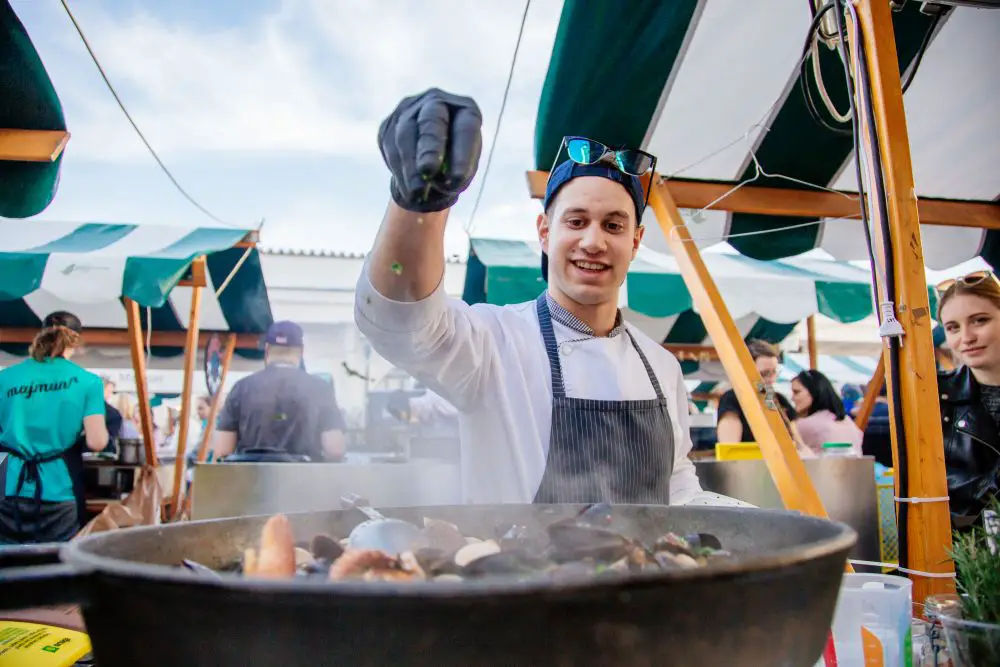
The decision to expand the event to Thursdays is not just to make up for lost time, but is also a safety measure, avoiding too many people visiting on a single day.

Open Kitchen founders Alma and Lior Kochavy believe that because of the event’s tradition of good vibes on the part of caterers and visitors alike, there should be no problems with regard to the observation of the new rules of distancing and hygiene, adding that they remain committed to sustainability. All disposable utensils (plates, cutlery, napkins, straws) will be made of biodegradable materials.
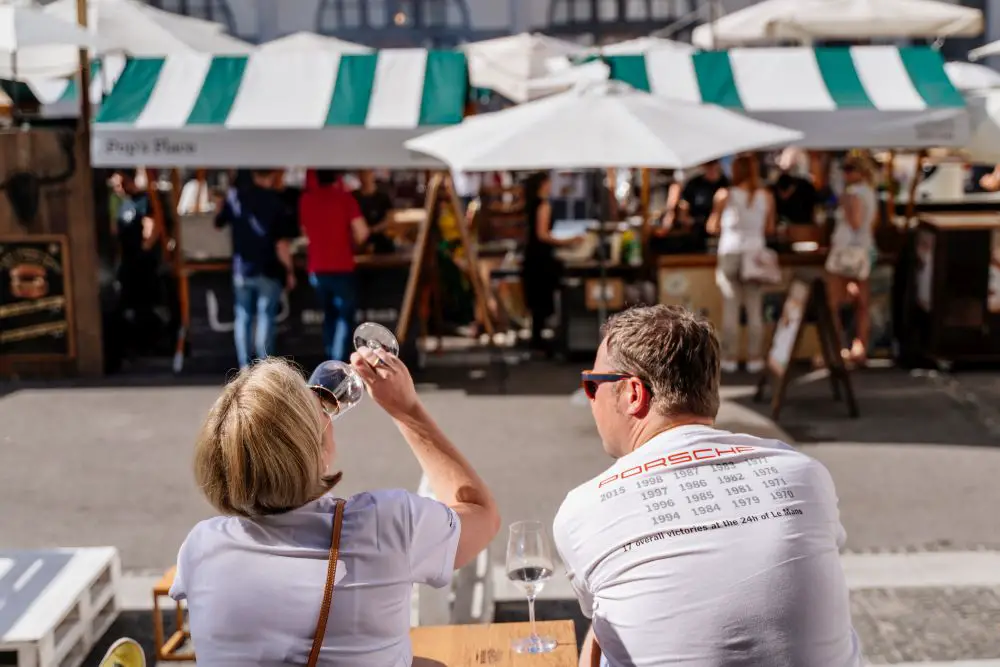
The most obvious changes will be a greater distance between the stands and tables, which will also be regularly disinfected. Hand sanitizer will be available at all stalls, and for the first time the possibility of card payment will be introduced. As this is an open-air market, the use of masks for visitors is not mandatory.
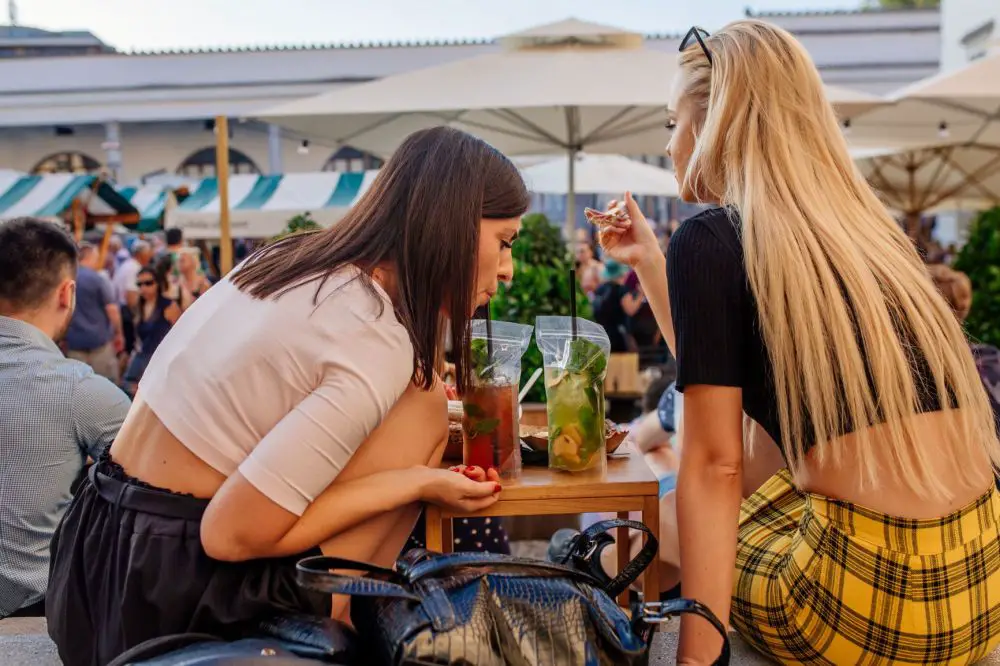
STA, 30 May 2020 - After two and a half months, the Covid-19 epidemic will officially end on Sunday, as Slovenia becomes the first country in Europe to do so. Life is gradually returning to normal after schools and kindergartens were closed for two months, public transport suspended, non-essential stores closed and strict social distancing rules put in place.
By Thursday, there had been 1,473 cases of Covid-19 confirmed in Slovenia, the latest available data shows. In the past month, the number of confirmed daily cases has been reduced to a single-digit trickle, while only a handful of people are in hospital care.
But in the first half of March, the situation was much different, with the number of cases growing exponentially. The first case was detected on 4 March and within a week, the number exceeded 100 cases, while only two days later it had already surpassed 200.
An epidemic was declared on 12 March so as to allow the Civil Protection Service to initiate the national epidemic plan. In the following days, the newly appointed government started imposing strict social distancing measures so as to prevent the scenario that had been playing out in Italy at that time.
A month after the first case was detected, more than a thousand cases had been confirmed. The highest daily increase of cases was seen on 26 March, when 61 people tested positive. Data compiled by Covid-19 Sledilnik, an online tracker with multiple data inputs, shows that the epidemic reached its peak in Slovenia in early April.
An epidemiologic anti-bodies survey conducted at the end of April suggested that 66,000 people had been in some sort of contact with the virus.
By Thursday, a total of 108 people died of Covid-19 in Slovenia, 80% of them were elderly nursing home residents. Infections were confirmed in 14 homes, with three homes becoming full blown hotspots, accounting for the majority of casualties.
The communities where these three homes are located reported some of the highest number of deaths: 38 people died in Šmarje pri Jelšah, 20 in Ljutomer and 17 in Metlika.
It is believed that the situation would have been much worse in Slovenia had it not been for strict epidemic measures. Not only did public life grind to a halt, people were even banned from travelling outside their municipality units for a while except for work and emergency.
Public gatherings were banned, as well as movement in public spaces and people could only take walks outside with members of their own household. Facial masks were obligatory in closed spaces, as were protective gloves.
A gradual easing of restrictions started in late April and in early May bars were allowed to serve patrons sitting outside, smaller non-essential stores reopened, as well as hair salons, libraries and churches, all having to comply with strict social distancing rules.
Preschoolers and student of the first three grades returned to kindergartens and schools on 18 May, to a great relief of many parents who had been working from home while caring for their children.
Ninth-grade students and those in the final year of secondary schools returned last week, while the rest of primary school students will return in the coming week. The rest will finish the school year through distant learning.
Most services will have returned back to normal by Monday, when the gathering of up to 200 people will be allowed again. Gradually, border crossing restrictions are being abolished.
With the country expecting a second wave of the epidemic in autumn or winter, some of the social distancing rules remain in place. People need to keep a safety distance of 1.5 metres or wear a face mask where this is not possible.
While life is finding a new normal, the economic and social consequences of the epidemic will be more enduring. Nearly 30,000 people lost their jobs in March and April.
Fortunately, the most recent data from the Employment Service shows this trend has started to reverse. However, a number of companies have said they would have to lay off workers in the coming months as reality hits.
To help the country overcome the crisis, three legislative packages have been passed by the National Assembly, bringing measures valued at some EUR 6 billion.
All our stories on coronavirus and Slovenia are here
Ten days ago, on Monday 18 May, the British International School of Ljubljana (BISL) reopened its doors, moving back to the physical classroom from online learning, and now, ahead of the state schools in Slovenia – which remain on limited schedules – is already offering classes to all of its pupils.

A teacher and students
The staggered approach to reopening saw the Early Years and Years 1 and 10 to 13 return first, with priority thus given to those children who are still learning what school is all about, and older pupils. Years 2, 3 and 9 returned to the premises of the BISL a few days later, with online lessons continuing for others. And this week, starting Monday 25 May, the remaining pupils returned to see their friends and teachers.
Of course, things are not the same as before the lockdown, and safety is the goal around which everything is organised. Classes have thus been split into smaller groups – no more than 10 for the youngest, and no more than 15 for others – and there’s liberal use of sanitisers and masks (more on those below).
In adopting new measures the BISL isn’t acting alone, as its membership of the Orbital Education Group means that the school has been able to share the experiences and best practices of others around the world. A key part of the new system is the modelling of appropriate behaviours by teachers, staff and parents, with regard to hand and cough hygiene, the use of masks and distancing. The latter includes more space between desks, no assemblies, and the modification of group activities. Fortunately the return to school has coincided with fine weather, making outdoor learning possible.
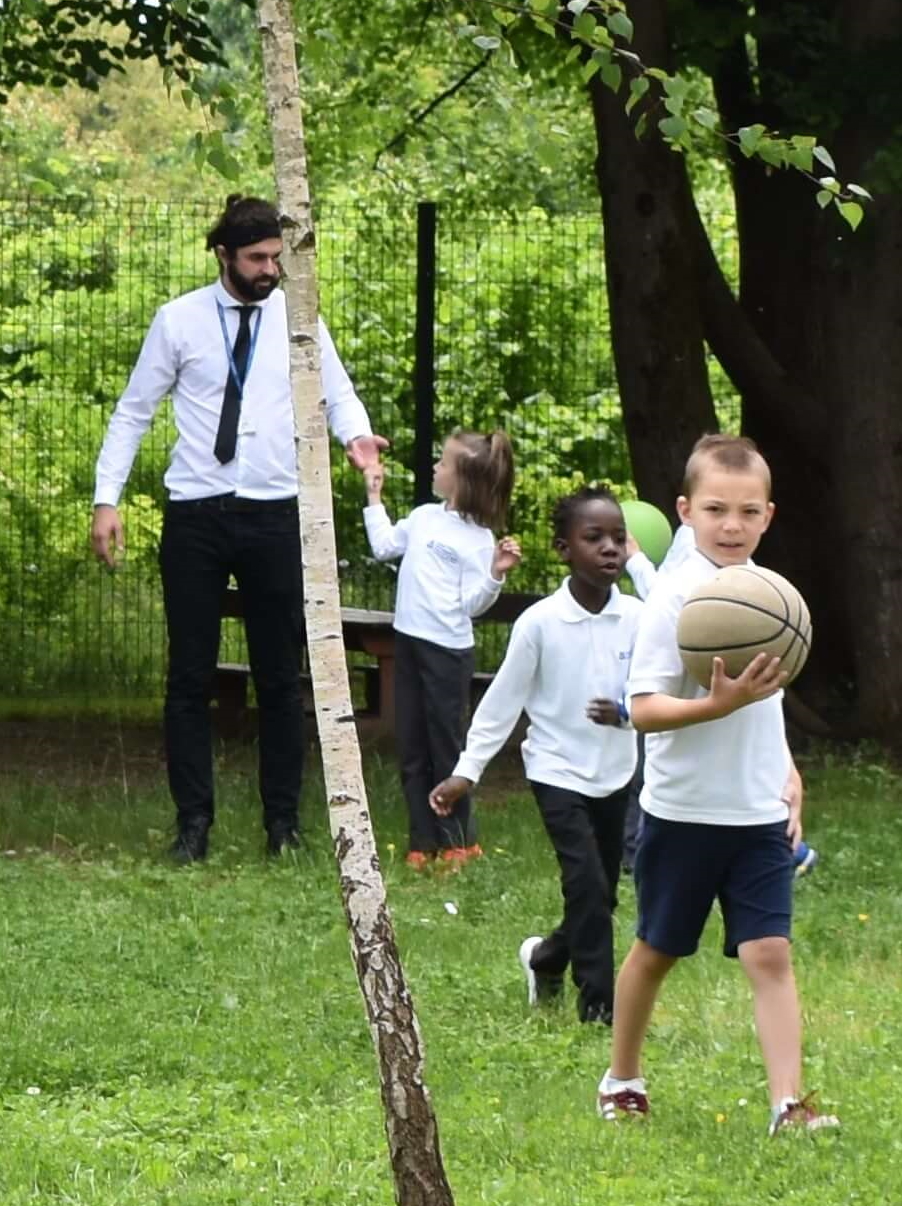
With regard to masks, the school is currently operating on the following regime, although both teachers and students are allowed to wear masks at all times if they prefer, and the full details of the reopening guidance can be found here.
Teachers also ensure that classroom doors will be kept open and classrooms are well ventilated regularly. Before being permitted back to school the parents of each pupil had to sign a form declaring their child had not shown any symptoms of covid-19 in the previous 14 days, not been in contact with such a person, and that they would agree to keep their child from school these symptoms appear.
How have the first days back at school been?
Paul Walton, the principal of BISL, notes that the mood on the first day was delightful, being able to see friends and colleagues once again, along with a feeling of strangeness at the new situation. To ease the community back, care was thus taken to ensure the social aspects of school and the benefits they provide were emphasised, since these were what everyone had been missing most.
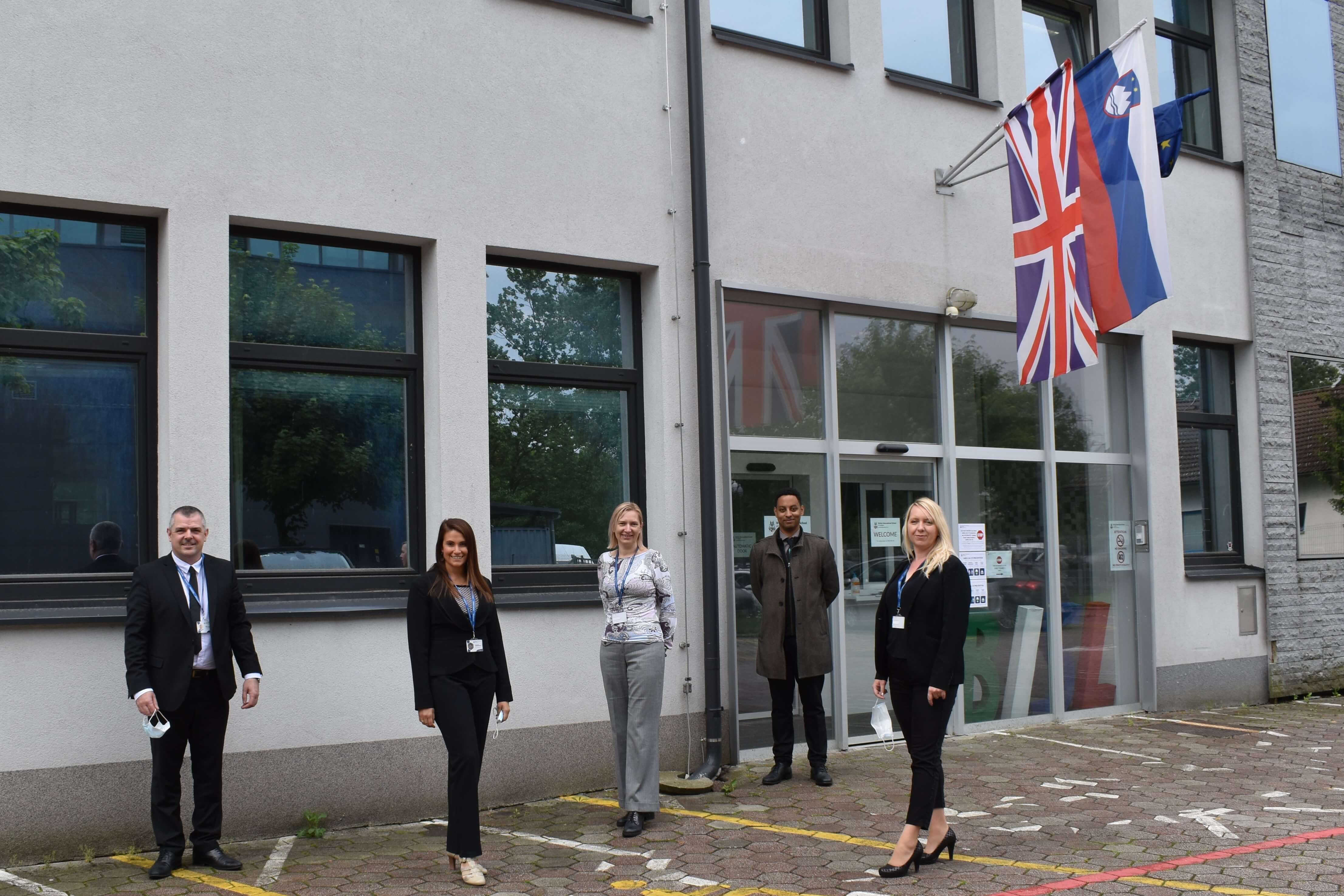
Paul Walton and his Senior Leadership Team
And what advice does Mr Walton offer to other schools? He gives the following five tips:
- Student wellbeing and safety should come first in every decision.
- Include staff in the consultation process.
- Encourage fun and exciting learning opportunities for all students with an enhanced timetable of lessons and blended learning.
- Communicate out early the plan to return and amend it as and when needed, including updates after the reopening.
- Create a solid checking process to ensure that everything you said you will do has been done.
If you’d like to learn more about how the British International School of Ljubljana is handling the return to work, or how to enrol your child for the next academic year, then visit the website here.


